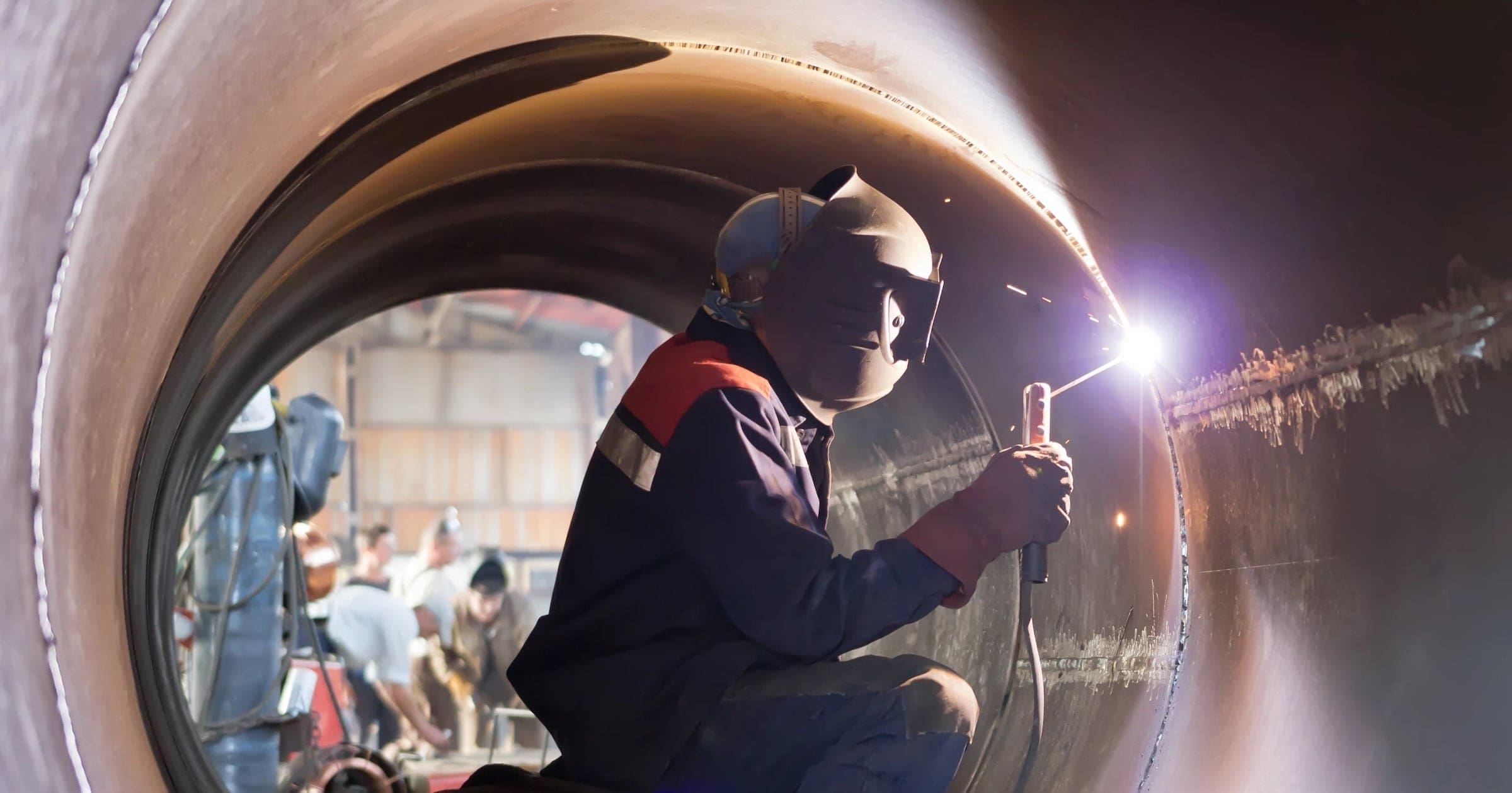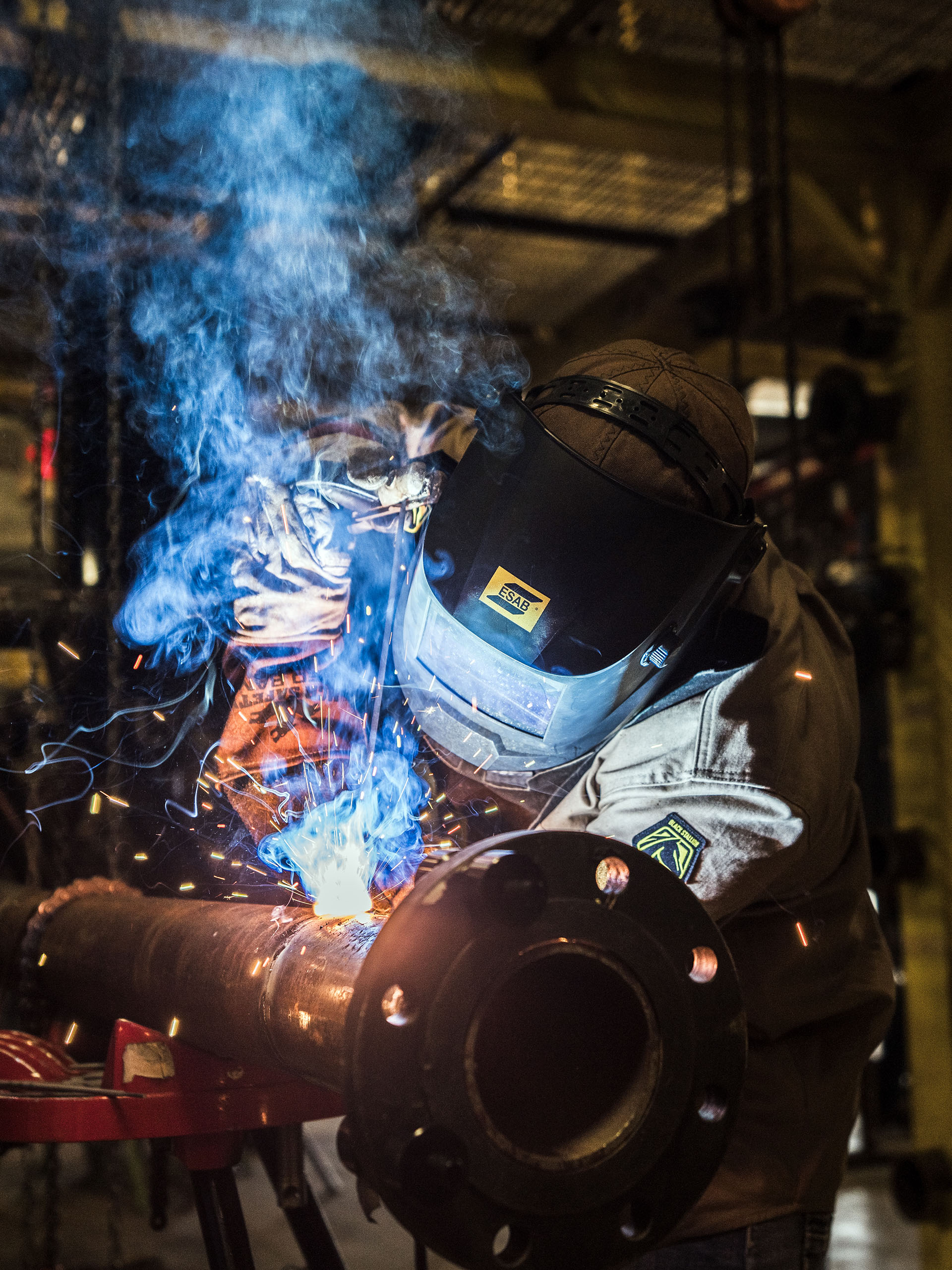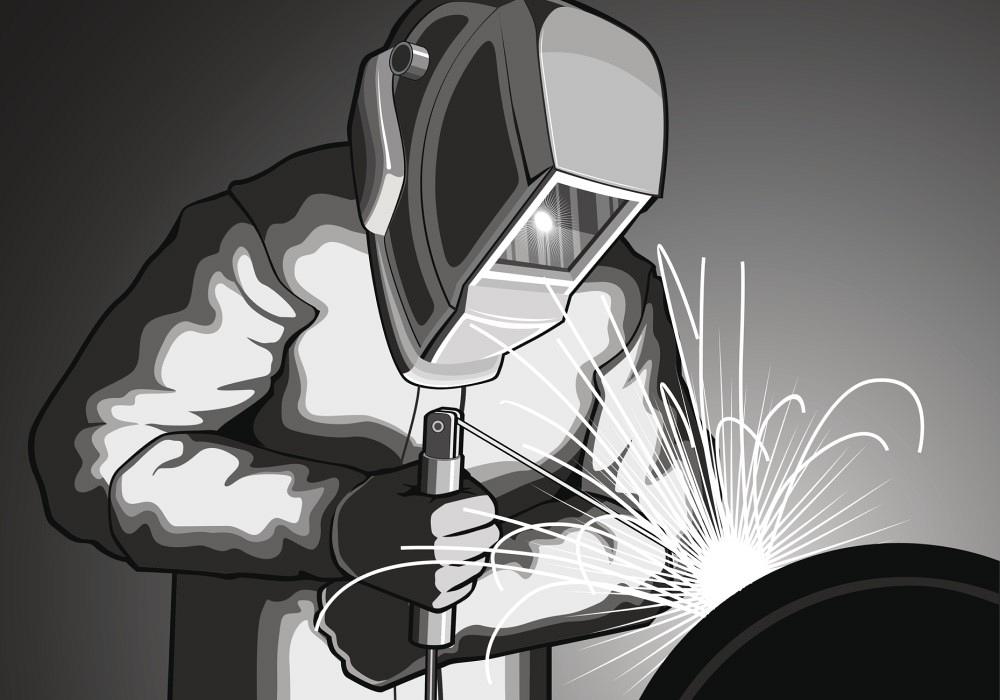Common Welding Fixing Issues and How to Address Them Properly
Welding repair services often encounter a series of problems that can endanger the stability of the final item. Typical troubles include poor infiltration, porosity, and imbalance, amongst others. Each issue offers unique challenges that require particular strategies for resolution. Comprehending these issues is necessary for welders intending to improve their skills and end results. This discussion will discover these usual welding repair concerns and reliable approaches to resolve them.
Insufficient Penetration
Inadequate infiltration happens when the weld metal fails to fully fuse with the base product, causing weak joints and potential architectural failings. This concern commonly comes from insufficient warmth input, wrong electrode angle, or incorrect welding speed. Welders might come across inadequate infiltration due to a mistake of the necessary criteria for a certain material density or type. In addition, contamination on the base material's surface can prevent effective bonding, exacerbating the issue. To resolve insufficient infiltration, welders must guarantee proper settings on their tools and maintain a tidy work surface area. Routine evaluation of welds is recommended to determine any deficiencies early, permitting for timely corrections and the avoidance of endangered structural honesty in welded settings up.
Porosity
Porosity is a common problem in bonded joints that shows up as tiny gas bubbles trapped within the weld steel. This defect can endanger the honesty of the weld, causing decreased toughness and possible failure under tension. Montana Mobile Welding and Repair Fabrication. Porosity generally arises from contamination, dampness, or improper welding techniques, which permit gases to leave into the liquified weld pool. To resolve porosity, welders ought to guarantee appropriate surface preparation, keep a clean workplace, and make use of suitable welding parameters. Furthermore, picking the appropriate filler product and shielding gas can mitigate gas entrapment. Routine evaluation and testing of welds can aid identify porosity early, ensuring prompt restorative activities are taken, consequently maintaining the top quality and dependability of the welded framework
Misalignment
Imbalance in welding can arise from numerous variables, consisting of inappropriate configuration and thermal development. Understanding the source is vital for effective resolution. A number of improvement techniques are available to straighten elements and ensure structural integrity.
Reasons for Imbalance
Welding misalignment frequently comes from a variety of underlying concerns that can jeopardize architectural stability. One main cause is incorrect fit-up of elements before welding, which can bring about voids and unequal surfaces. Variants in thermal growth throughout the welding process can additionally cause distortion, particularly if the products being signed up with have different coefficients of expansion. In addition, insufficient clamping and fixturing might fail to hold elements firmly in position, bring about movement during welding. Inadequately maintained tools, including welding makers and devices, may present disparities in the weld grain, more adding to imbalance. Operator error, stemming from inadequate training or experience, can additionally play a substantial duty in creating misaligned welds.

Correction Techniques Available
Attending to misalignment efficiently requires a mix of rehabilitative methods tailored to the specific issues handy. One usual technique is using components or jigs to hold elements in the correct position throughout welding, making sure consistent alignment. In addition, preheating the products can assist reduce distortion and boost fit-up. For considerable imbalance, mechanical adjustment methods, such as making use of hydraulic jacks or clamps, can be employed to remedy the position before welding. Post-weld warmth therapy may also be necessary to relieve stresses triggered by misalignment. Ultimately, careful inspection and change during the arrangement stage can avoid misalignment concerns from ending up being considerable problems, promoting a smoother welding procedure and enhancing overall structural honesty.
Distortion
Distortion is a common challenge in welding that can arise from various elements, consisting of uneven home heating and air conditioning. Comprehending the reasons for distortion is important for executing efficient avoidance methods. Addressing this issue not just enhances structural integrity however also boosts the overall high quality of the weld.
Sources of Distortion
When subjected to the intense warmth of welding, materials often go through adjustments that can result in distortion. This sensation mostly emerges from thermal development and contraction throughout the welding process. As the weld location warms up, the material increases; upon air conditioning, it acquires, which can create inner stresses. In enhancement, uneven home heating throughout a workpiece can worsen these stresses, resulting in warping or flexing. The kind of material likewise plays a considerable function; steels with varying thermal conductivity and coefficients of development might react in a different way, causing unforeseeable distortions. Moreover, poor joint layout and poor fixturing can contribute to misalignment throughout welding, enhancing the likelihood of distortion. Understanding these reasons is crucial for efficient welding repair work and avoidance methods.
Prevention Techniques
Efficient prevention strategies for distortion during welding emphasis on controlling heat input and ensuring appropriate joint layout. Preserving a regular heat input assists to decrease thermal expansion and tightening, which can bring about distortion. Utilizing strategies such as preheating the workpiece can also lower the temperature slope, promoting consistent heating. Furthermore, selecting proper joint designs, such as T-joints or lap joints, can boost stability and decrease anxiety focus. Executing proper fixturing to protect the work surfaces in place further aids in preserving placement during the welding process. Finally, staggered welding sequences can distribute warm a lot more equally, preventing local distortion. By applying these techniques, welders can considerably lower the probability of distortion and boost the total top quality of their welds.
Cracking
Splitting is a typical concern experienced in welding repair work, commonly resulting from numerous aspects such as improper cooling rates, material choice, or insufficient joint prep work. The event of splits can significantly jeopardize the integrity of the weld, causing prospective failings throughout procedure. To resolve this concern, welders have to initially analyze the origin triggers, making see sure that materials are compatible and appropriately picked for the particular application. Additionally, controlling the air conditioning price throughout the welding procedure is necessary; quick cooling can generate anxiety and lead to fracturing. Appropriate joint layout and preparation also add to lessening the danger. Applying these methods can improve weld quality and durability, inevitably reducing the chance of splitting in ended up weldments.

Insufficient Fusion
A considerable problem in welding repair work is insufficient combination, which takes place when the weld metal does not appropriately bond with the base material or previous weld passes - Fabrication. This issue can cause weak points in the joint, potentially jeopardizing the stability of the welded framework. Factors contributing to incomplete combination include inadequate warmth input, improper welding technique, and contamination of the surfaces being signed up with. To resolve this issue efficiently, welders ought to ensure appropriate pre-weld cleansing and surface preparation, along with readjust their welding specifications to accomplish appropriate infiltration and fusion. Regular assessment during the welding process can likewise aid determine incomplete combination early, enabling prompt restorative procedures to boost the total top quality of the weld
Overheating
While welding fixings can boost architectural honesty, overheating offers a significant difficulty that can lead to product deterioration. Excessive warmth during welding can alter the mechanical residential or commercial properties of steels, causing minimized stamina, enhanced brittleness, and warping. This sensation is specifically crucial in high-stress applications where structural integrity is extremely important. Recognizing getting too hot can include aesthetic assessments for staining or distortion, in addition to monitoring temperature level during the welding procedure. To mitigate the threats connected with overheating, welders need to utilize appropriate techniques, such as managing warmth input, changing travel speed, and using ideal filler products. In addition, applying pre- and post-weld warm therapies can help recover material buildings and improve the overall quality of the repair service, making certain long-lasting efficiency and security.
Frequently Asked Concerns
What Are the Usual Indications of a Welding Issue?

Just How Can I Examine My Welds for Top quality?
To check welds for high quality, one can use aesthetic assessments, ultrasonic screening, and radiographic techniques. Each method guarantees structural stability, identifies flaws, and verifies adherence to specified criteria, ultimately boosting the integrity of the welded joints.
What Security Safety Measures Should I Take While Welding?
When welding, one ought to prioritize security by wearing appropriate individual safety tools, making sure proper ventilation, safeguarding flammable products away, preserving a clean work space, and recognizing surroundings to avoid accidents and injuries.
Can I Repair a Weld Without Redoing the Entire Joint?
Fixing a weld without renovating the entire joint is feasible, depending on the damages (Montana Mobile Welding and Repair Welding). Strategies such as grinding, adding filler product, or making use of a welding process can properly address certain flaws while protecting the surrounding framework
What Devices Are Vital for Reliable Welding Repair Works?
Crucial tools for efficient welding fixings include a welding device, cord brush, grinder, safety equipment, clamps, and filler materials. Each device plays a crucial duty in guaranteeing top quality and safety during the fixing process. Porosity commonly occurs from contamination, dampness, or inappropriate welding techniques, which allow gases to leave right into the liquified weld swimming pool. Badly maintained tools, consisting of welding machines and devices, may introduce you can check here variances in the best mig welder under 500 weld grain, additional adding to imbalance. When subjected to the intense warmth of welding, materials typically go through modifications that can lead to distortion. Cracking is a common issue experienced in welding repair services, often resulting from various factors such as improper cooling prices, product option, or poor joint prep work. A considerable problem in welding fixings is incomplete fusion, which happens when the weld metal does not appropriately bond with the base product or previous weld passes.